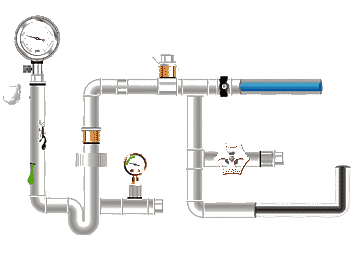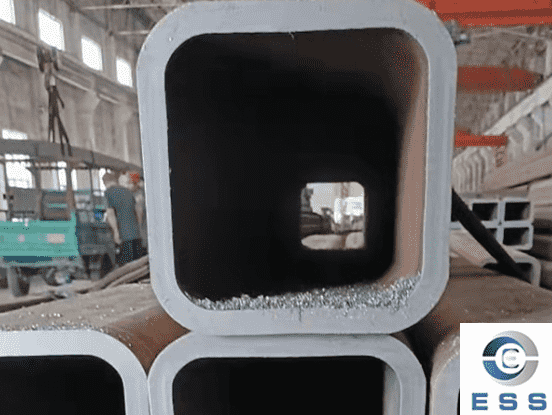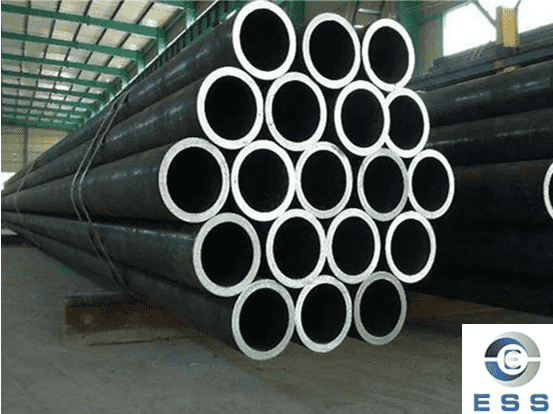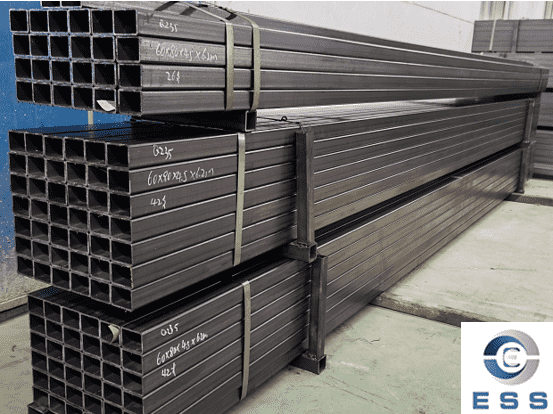How Many Types of Drill Pipe Threads Are There?
Drill pipe as an OCTG pipe can be divided into ordinary drill pipe, square drill pipe and heavy weight drill
pipe according to their different threads.
Ordinary drill pipes are the main
components of drill strings. They are connected to square drill pipes on the
top and drill collars on the bottom. Their function is to transmit torque, so
that the drill bit can drill downward and deepen the wellbore.
Square drill pipes are located at the top
of the drill string. Their main function is to transmit torque and bear the
weight of the drill string. They are composed of a driving part (square or
hexagonal), an upper joint (left-hand thread), and a lower joint (right-hand
thread). The most commonly used is a square square drill pipe.
Heavy weight drill pipe is a transition drill
string section between ordinary drill pipes and drill collars. It can
effectively relieve the stress concentration in the transition section between
the drill collar and the drill pipe, provide drilling pressure, and effectively
reduce the connection area and outer diameter wear rate between the drill
string and the well wall.
With the promotion and use of drilling
technologies such as roller drilling, air down-the-hole hammer drilling, and
gas lift reverse circulation drilling, API series well drill string components
and downhole tools have also been more and more widely used. In particular, the
API series drill tool joint threads that connect drill string components play
an indispensable role. Drill pipe joint threads can be divided into NC threads,
IF threads, FH threads and RGE threads according to the type of threads of the oil
drill pipe joints being tested.
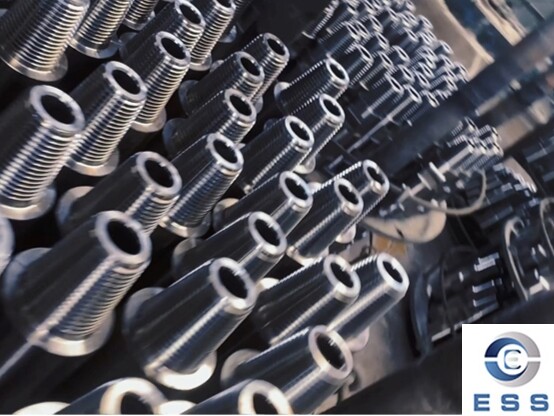
NC thread
NC threads are threads expressed in inches
and one-tenth of an inch NC values of the thread base diameter.
All specifications of threads use V-0.038R flat-top round-bottom triangular
tooth profiles, which are characterized by a circular tooth bottom radius of
0.038 inches (0.965mm). NC thread is the preferred thread recommended by API.
This type of thread can be divided into 1:6 and 1:4 types according to the
taper. It is used in drilling tools such as square-tooth drill pipe, drill
pipe, drill collar, drill tool stabilizer, etc. In Daqing Oilfield, NC50 thread
is also used on drill bits.
IF joint thread
The IF joint thread connects the external
thickened or internal and external thickened drill pipe to form a diameter
where the inner diameter of the drill pipe joint and the inner diameter of the
pipe body are equal or similar. The drilling fluid flow resistance is small,
but the outer diameter is large and easy to wear. All specifications of threads
use V-0.065 flat-top and flat-bottom triangular tooth type. This tooth type has
a flat tooth bottom and the width of the tooth top is 0.065 inches (1.651mm). Except
for 5 1/2 IF, other specifications of threads are interchangeable because their
structural dimensions are exactly the same as the corresponding NC threads.
However, this type of thread is prone to stress concentration due to its tooth
structure, so API has eliminated it, including 4 1/2 IF and 4 IF, and replaced
it with NC50 and NC46 NC threads.
FH joint thread
The FH drill pipe joint thread connects the
inner and outer thickened drill pipes, forming a drill pipe joint with an inner
diameter that is equal to the inner diameter of the thickened end, but both are
smaller than the diameter of the inner diameter of the drill pipe body.
Although the specifications of this type of thread are few, it uses three types
of tooth profiles: V-0.065, V-0.050 (the bottom of the tooth is an arc, the top
width is 0.050 inches, 1.27mm) and V-0.040 (the bottom of the tooth is an arc,
the top width is 0.040 inches, 1.02mm). It was once widely used in faucets,
square-tooth drill pipes, drill pipes, drill collars and drill bits. Now,
except for the two large-size threads of 5 1/2 FH and 6 5/8 FH, which use
V-0.050 tooth type and 1:6 taper, the rest are among the obsolete threads of
API. Among them, the only one using V-0.065 tooth type, 4 FH, has been replaced
by the NC thread NC40 like the IF thread.
RGE joint thread
The RGE drill pipe joint thread was used to
connect the internal thickened drill pipe, forming a drill pipe joint with an
inner diameter smaller than the thickened inner diameter, and the inner
diameter of the thickened end of the drill pipe is smaller than the diameter of
the inner diameter of the pipe body. The main purpose of API designing RGE
threads is to apply them to drill bit connections. Since the drill bit is
located at the end of the drill string, the presence or absence of stress
concentration at the bottom of the thread teeth is irrelevant, so API retains
all of their specifications. This type uses V-0.050 and V-0.040 thread types.
In the 40th edition of API SPEC 7, two new thread specifications, 1REG and 1
1/2 REG, using V-0.055 (flat bottom, top width of 0.055 inches, 1.397mm) thread
types, were added.
Summary
With the improvement of drill pipe research
and development technology, the quality of drill pipe has been significantly
improved, and the price of drill pipe is also falling. In the future, the drill
pipe market will develop towards a trend of technology, management and quality.
Read more: Size of Drill Pipe or Advantages & Disadvantages of Oil Drill Pipe









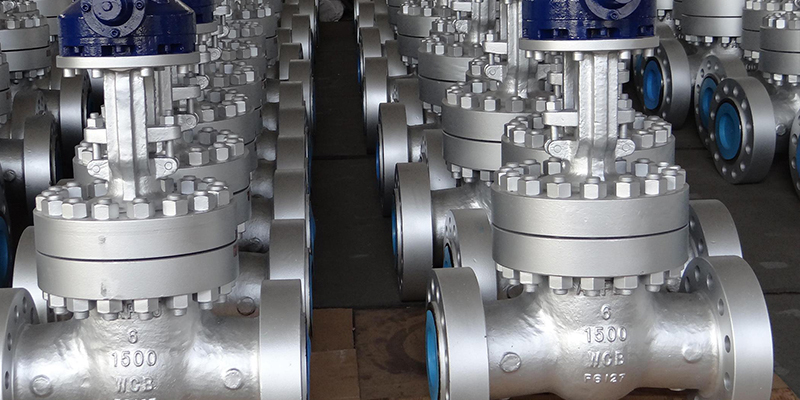
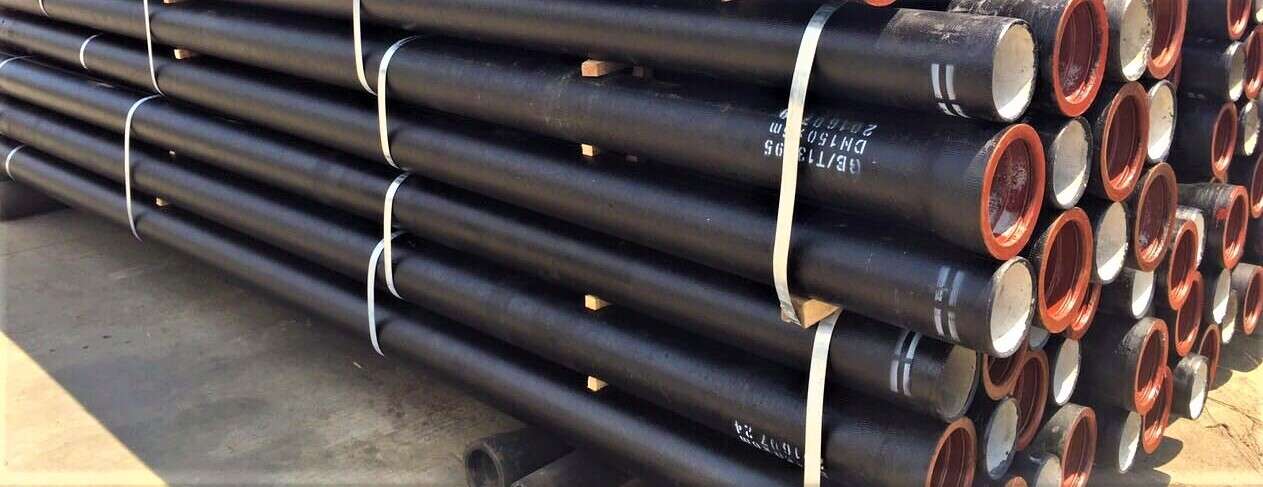


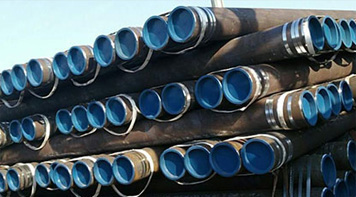 Eastern Steel Manufacturing Co.,Ltd not only improve product production and sales services, but also provide additional value-added services. As long as you need, we can complete your specific needs together.
Eastern Steel Manufacturing Co.,Ltd not only improve product production and sales services, but also provide additional value-added services. As long as you need, we can complete your specific needs together.
